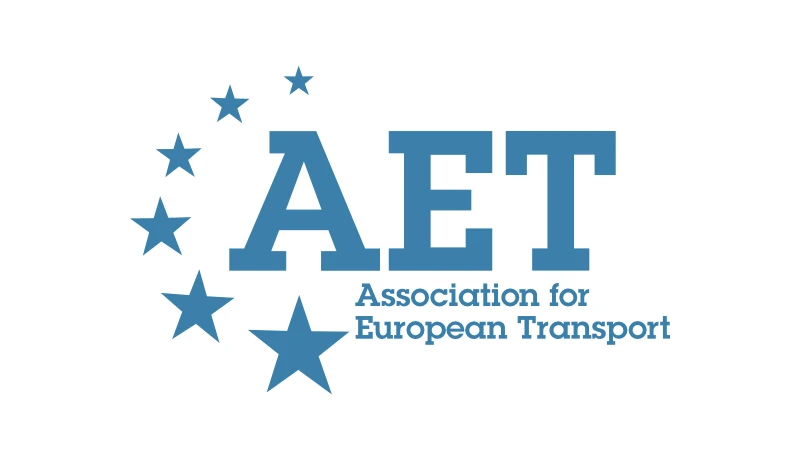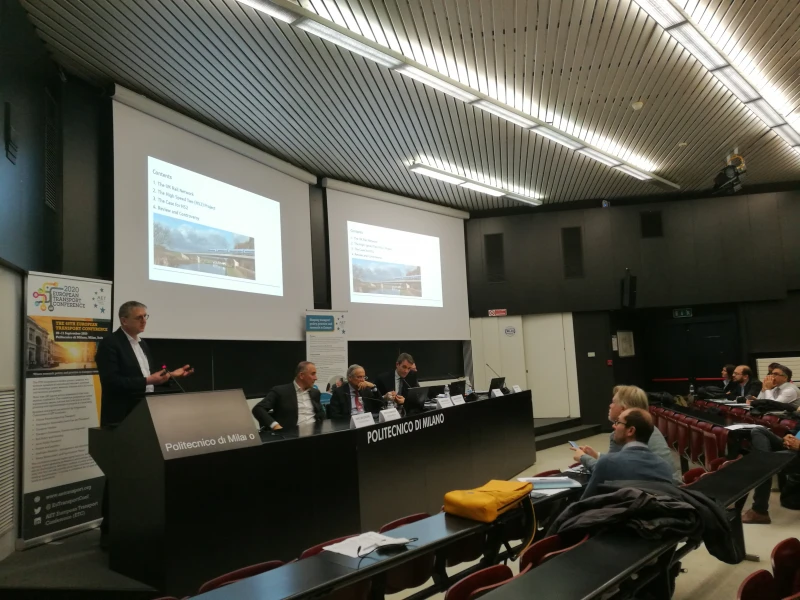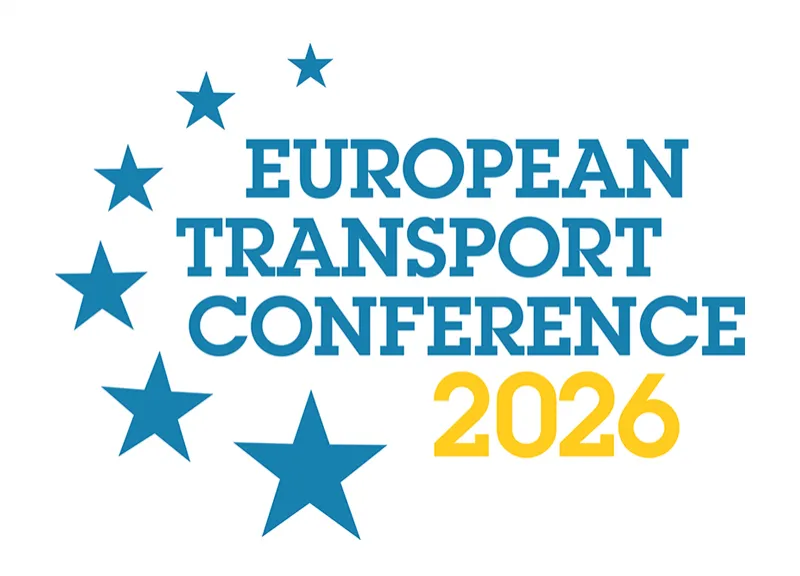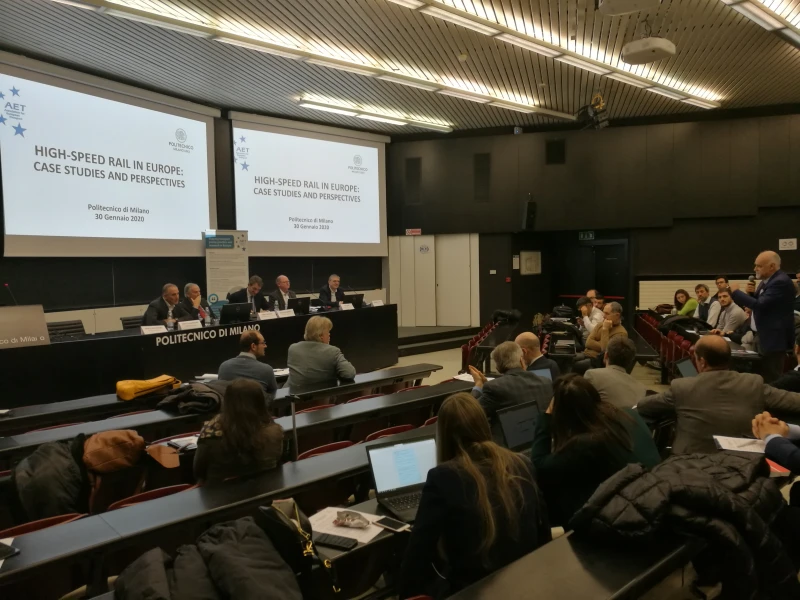-
Past ETC Papers
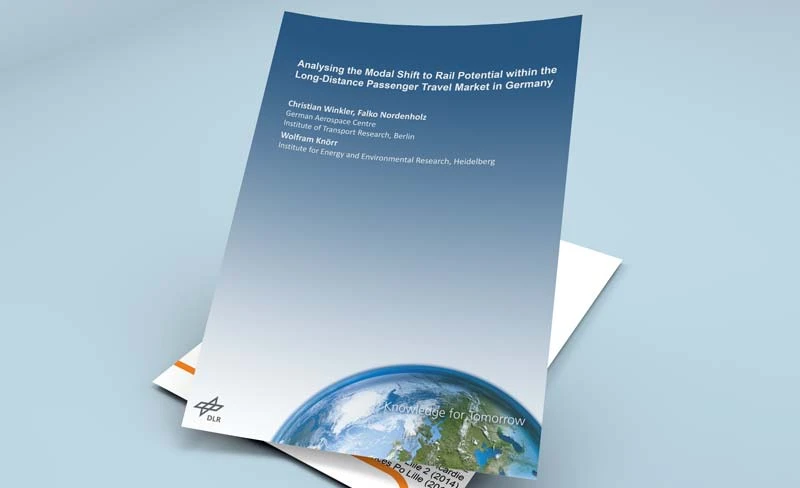
Browse, search and view papers from the past AET Conferences.
-
Members' Area
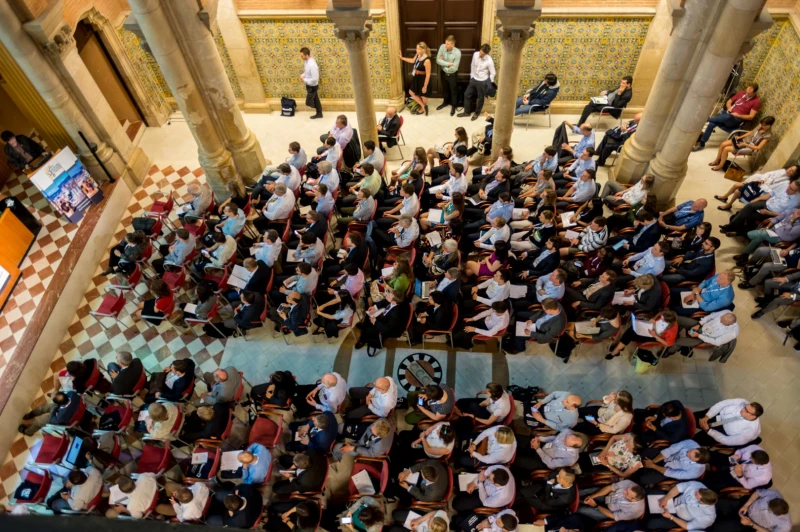
AET promotes networking and exchange of ideas, information and opportunities amongst members.
Conference Papers 2020
Online
ETC Conference Papers 2020
Automated shuttle services in public transport. Lessons learned from the SmartFeeder research project in Norway
Seminar
Day 2 (10 Sep 2020), Session 5, Autonomous Shuttles, 13:00 - 15:00
Status
Accepted, documents submitted
Submitted by / Abstract owner
Lone-Eirin Lervåg
Authors
Lone-Eirin Lervåg, SINTEF, NO
Short abstract
The paper will present research and applicable knowledge from the introduction and testing of automated shuttle services in Norway.
Abstract
Background
Automated mobility services are no longer a utopian vision of the future, it is rather a technology scheme about to be realized – with the potential to fundamentally change the transport system and society. How do we make sure the technology is applied in such a way that we move towards a more sustainable transport future? Smart mobility services need to be developed as part of a safe, efficient and user-friendly public transport system.
In recent years, automated shuttle buses have been introduced as commercial products, ready for large scale piloting in real life environments. In Norway, the legal framework for testing of automated vehicles on public roads became effective in January 2018. Since then, extensive pilot activities have been conducted, leading to Norway being ranked among the top three countries in the world in terms of being prepared for the future deployment of autonomous vehicles (KPMG, 2019).
The SmartFeeder research project (2017-2020) has studied the introduction of automated shuttle buses in Norway. The purpose is to use the early pilot experiences to build knowledge on how automated mobility services should be implemented in the future transport system. The project was initiated by the National Railway Directorate, in order to gain knowledge on how automated first- and last mile services can improve the railway and other modes of public transport, and thereby contribute to a green shift in passenger transport. The aim of the project has been twofold; 1) to enhance public mobility solutions for the future transport system and 2) to build a comprehensive knowledge basis for future development and policies on automated transport in collaboration between public authorities, private actors and scientists. The project will be concluded during spring 2020.
Method
SmartFeeder is an independent research project collaborating with five progressing pilots, all running in mixed traffic on public roads:
1) The Forus pilot: Connecting employees in an industrial area to the ordinary public transport system, with EasyMile EZ10 Shuttle bus. A total of 5.000 km and 6.000 passengers between June and December 2018. Special interest in traffic safety aspects and user acceptance.
2) The Fornebu pilot: Shuttle service between bus stop/car park and picnic area in a residential environment, with two EasyMile EZ10 Shuttle buses running a nonstop service all day during summer 2018. A total of 9.300 km and 10.000 passengers. Special interest in urban development.
3) The Gjovik pilot: A town centre shuttle service during summer 2018. The EasyMile EZ10 vehicle was exposed to several mechanical break downs due to demanding road topology. A total of 161 km and 449 passengers. Special interest in technology readiness and development.
4) The Kongsberg pilot: Probably the world's most advanced pilot, running from October 2018. The pilot environment includes hilly roads and extreme cold and snowy winter climate. Two EasyMile EZ10 shuttle buses are now incorporated as part of the daily bus service from the local public agency. Special interest in business development and industrial growth.
5) The Oslo pilot: A fleet of automated shuttle buses from Navya have been running as part of the public transport system in the capital area, since May 2019. By January 2020, a total of 9.300 km and 22.000 passengers are served by two buses, and three more vehicles have just been put into operation. Special interest in preparing customers for future services in an integrated mobility perspective.
Although the pilots vary in terms of concept, size, technology, environment, target groups and business models, each one brings unique and relevant experience to the project. The SmartFeeder research team has developed a theory-driven evaluation framework providing comprehensive knowledge on best practice and constraints for future deployment of automated mobility services. The work includes both qualitative and quantitative methods, like user surveys, interviews and analyses of passenger statistics and operating data from vehicle manufacturers.
Results
The SmartFeeder project develops knowledge based on pilot experiences during the introduction and early testing phase. Several aspects of the progressing pilots are addressed, including user behaviour and acceptance, legal basis for automated vehicles in mixed traffic, technology readiness, traffic safety, development of smart mobility value network and business models as well as impacts on society. Realistic implementation scenarios are developed, and specific policy recommendations for deployment of automated mobility services in public transport are outlined.
Programme committee
Intelligent Mobility - Management and Operation
Topic
Autonomous Vehicles
Documents:
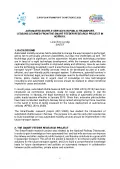
Association For
European Transport
Forester House
Doctors Lane
Henley-in-Arden
Warwickshire, UK
B95 5AW
+44 (0) 15 64 793552
VAT number: 710 1866 64
Conference Supporters & Endorsers




Legal Entity
The Association for European Transport is registered as an Association ('vereniging') with the Chamber of Commerce for Haaglanden in The Netherlands under company number 27170096.
Built on Zenario

